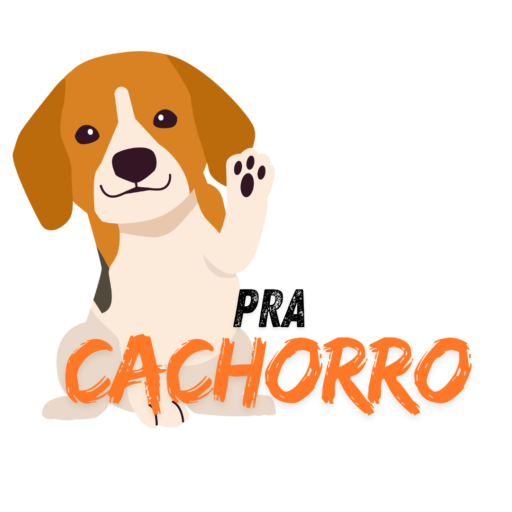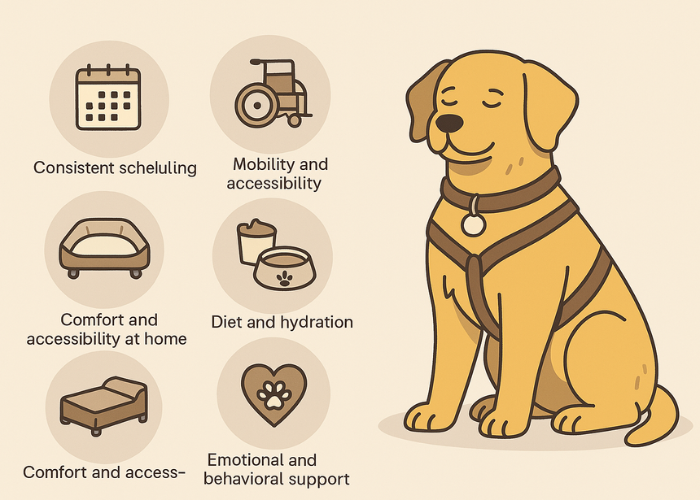Is your dog getting the right type of exercise—or just any exercise? It’s a subtle but critical difference, especially when it comes to supporting your dog’s physical and mental well-being throughout their life.
Many dog owners assume exercise is just about going for walks or throwing a ball. But the truth is, your dog’s age plays a major role in determining how much, how often, and what kind of activity is beneficial. In fact, providing the wrong type of exercise at the wrong life stage can lead to joint issues, behavioral problems, obesity, or even injuries.
Whether you’re raising a curious pup, managing a high-energy adult, or caring for a senior with mobility issues, this complete guide to Dog Exercise by Life Stage will help you build a safe, balanced, and effective routine for every chapter of your dog’s life. Ready to become the kind of dog parent your pup thinks you are? Let’s dive in.
Why Age Matters in Dog Exercise
Each stage of a dog’s life presents unique physical capabilities, limitations, and behavioral tendencies. Ignoring these age-related factors in their exercise routine can lead to problems over time—even if your dog seems healthy on the outside.
🐶 Puppies: Growth Comes First
Puppies are balls of energy, but their bodies are still developing. Overexertion or high-impact activities can damage growing joints and bones. A tired puppy is a happy puppy—but an overworked one might end up with lifelong orthopedic issues.
🐕 Adults: Energy and Endurance Peak
Adult dogs (typically ages 1–7) are in their prime. They need consistent, structured activity to maintain ideal weight, build muscle, and stay mentally sharp. This is also when behavioral issues tend to pop up if exercise is lacking.
🐾 Seniors: Low Impact, High Value
Older dogs may slow down, but that doesn’t mean they should stop moving. Gentle, controlled exercise helps reduce stiffness, improve circulation, and support emotional health. Think of it as daily maintenance for their aging bodies.
Understanding these distinctions is the core of effective Dog Exercise by Life Stage planning.
Exercise Guidelines by Life Stage
Let’s break down ideal activities and schedules for each phase of life.
🐶 Puppy Exercise (0–12 months)
Goal: Build healthy habits, coordination, and social confidence—without overexerting.
- Time: 5 minutes per month of age (e.g., a 4-month-old pup = 20 min), 2–3 times per day.
- Frequency: Short, frequent sessions.
- Best Activities:
- Leash walking in calm areas
- Gentle indoor fetch
- Interactive toys and puzzles
- Social play with other puppies
- Basic training sessions (sit, stay, recall)
🧠 Mental stimulation is just as tiring—and safer—than physical overload.
What to Avoid:
❌ Long hikes, excessive jumping, intense running.
❌ Repetitive motions that stress developing joints (e.g., stairs, frisbee).
🐕 Adult Dog Exercise (1–7 years)
Goal: Maintain muscle tone, mental engagement, and behavioral balance.
- Time: 30–90 minutes per day, depending on breed and energy level.
- Frequency: Daily, with structured variation throughout the week.
- Best Activities:
- Brisk leash walks or jogs
- Off-leash running in safe environments
- Swimming
- Obedience or agility training
- Hiking, fetch, scent games
- Dog sports: flyball, dock diving, herding
🐾 Mix it up! Dogs thrive on variety and purpose-driven tasks.
Breed Considerations:
High-energy breeds like Border Collies or Huskies may need double the activity of a Bulldog or Shih Tzu. Dog Exercise by Life Stage should always consider breed-specific traits alongside age.
🐾 Senior Dog Exercise (7+ years)
Goal: Promote mobility, circulation, and cognitive sharpness while reducing stress on joints.
- Time: 20–45 minutes per day, split into shorter sessions.
- Frequency: Daily gentle movement, plus cognitive enrichment.
- Best Activities:
- Leisurely walks
- Swimming or hydrotherapy
- Nose work and food puzzles
- Gentle fetch with soft toys
- Assisted stretching and massage
🦴 Gentle exercise is more important than ever—use it to slow the aging process.
Watch Out For:
❌ Slipping or struggling on slick floors
❌ Signs of fatigue (panting, lagging, limping)
❌ Resistance to activity (could signal pain)
Mental Stimulation by Life Stage
Physical activity is only half the picture. Mental exercise is essential for reducing anxiety, preventing boredom, and keeping dogs emotionally healthy—especially in limited mobility cases.
Cognitive Games for Puppies
- Treat-dispensing toys
- Learning name and recall commands
- Puppy puzzle games
Brain Work for Adults
- Hide-and-seek with treats
- Trick training
- Problem-solving puzzles
- Scent tracking
Gentle Stimulation for Seniors
- Snuffle mats
- Memory games
- Familiar toy rotation
- Light training refreshers
🧠 A mentally engaged dog is calmer, more obedient, and emotionally fulfilled.
Most Common Mistakes to Avoid
Even the most well-intentioned dog owners make mistakes when it comes to exercise. Here’s what to avoid when practicing Dog Exercise by Life Stage:
- Overexercising puppies – too much too soon can damage growth plates.
- Underestimating senior needs – gentle movement is still crucial for old dogs.
- One-size-fits-all mindset – each dog is different. Adjust for size, health, and breed.
- Skipping mental stimulation – a tired body isn’t enough; the mind matters too.
- Lack of routine – inconsistent exercise leads to behavior issues and stress.
- Pushing through discomfort – panting, limping, or hiding are red flags.
💡 Listening to your dog’s cues is more important than following a fixed schedule.
Creating a Safe & Effective Routine
Now that you understand the “why” and “what,” it’s time for the “how.”
Step-by-Step Routine Building:
- Know Your Dog:
Start with a vet check. Rule out hidden issues like hip dysplasia, obesity, or heart murmurs. - Create a Weekly Plan:
Rotate high- and low-intensity days. Combine indoor and outdoor activities. Include mental games. - Warm Up and Cool Down:
Spend 3–5 minutes at a slow pace before and after any session to avoid strain. - Track Progress:
Keep a simple log of activity duration, mood, and any physical changes. - Adapt as Needed:
Watch for fatigue, boredom, or behavior changes. Adjust your routine every few months based on age and ability. - Use Rewards Wisely:
Reinforce good behavior with healthy treats, praise, or a favorite toy.
📅 Dogs love structure—consistency reduces stress and strengthens your bond.
Final Tips + Call to Action
When it comes to Dog Exercise by Life Stage, the most important thing is being present, intentional, and responsive to your dog’s needs. You don’t need a backyard, fancy gear, or tons of free time—just a little awareness and a lot of heart.
- 🐾 Build movement into your daily routine—walks, play, and bonding count.
- 🧠 Never underestimate the power of mental enrichment.
- ❤️ Tailor every session to your dog’s current energy and condition, not just their calendar age.
💬 Take a moment today to reflect:
Is your dog’s routine aligned with their life stage? Are they bored, overstimulated, or just coasting?
🎯 Start small:
Try adding one new age-appropriate activity this week. Observe the difference. Adjust. Repeat.
Because when you invest in the right exercise for the right life stage, you’re not just helping your dog live longer—you’re making every year they do live more joyful, vibrant, and meaningful.



